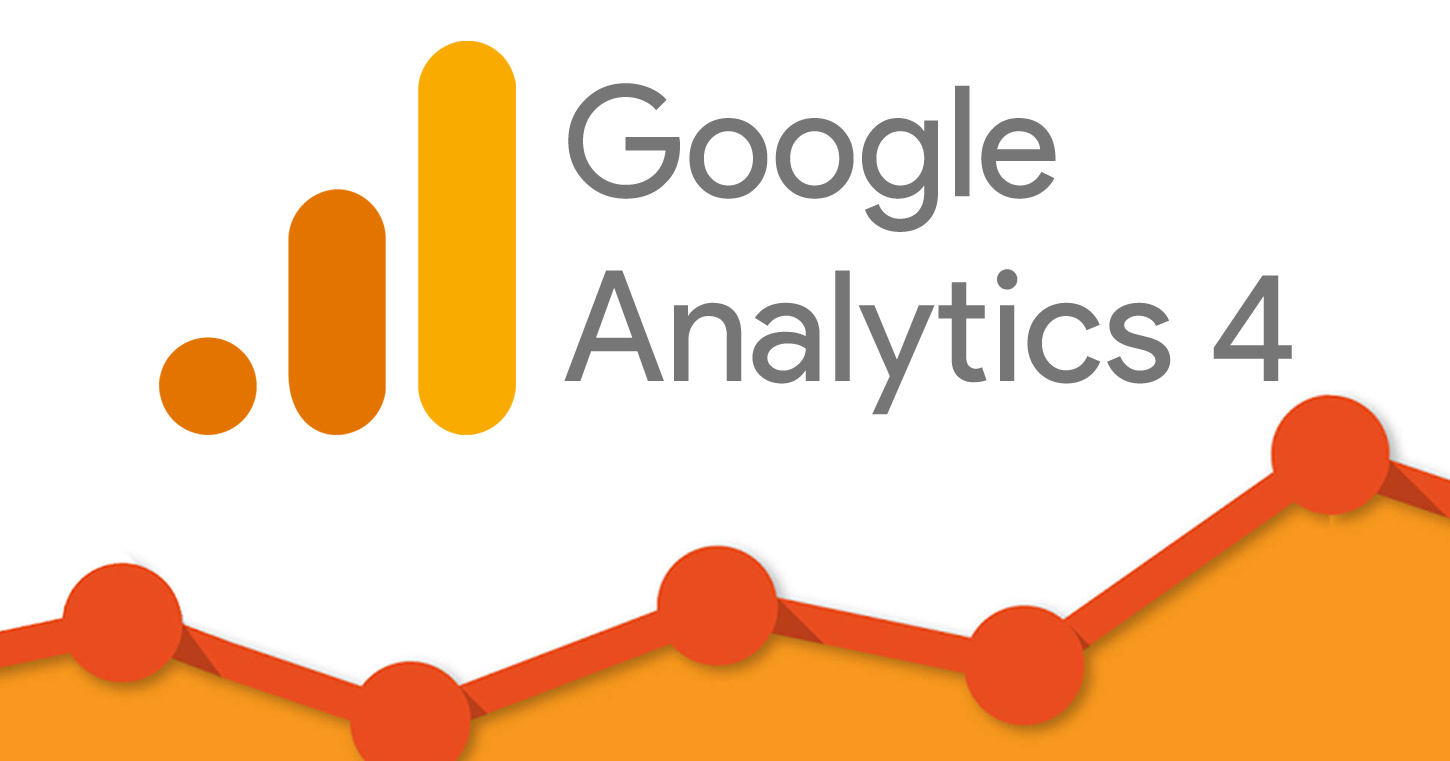- sales@robatodigitals.com
- 124 Westwood Dr, Burnside VIC 3023
What’s New In GA?

What’s New In GA?
Google Analytics 4
(GA4) was the latest iteration of Google's analytics platform, representing a
significant shift from Universal Analytics (UA). GA4 was designed to offer more
powerful and flexible tracking capabilities, and it introduced several new
features and improvements. While I cannot provide real-time updates, I can
outline some key features and changes introduced in GA4 up to that point:
1. Event-Driven
Tracking:
GA4 is built around
an event-driven tracking model, which means it can track a wide range of user
interactions, events, and actions more effectively than the older
pageview-based model of UA.
Events can be
automatically tracked for common interactions like pageviews, clicks, video
plays, and scroll tracking, or they can be customized for specific actions
unique to your website or app.
2. Enhanced User
Tracking:
GA4 offers improved
user tracking, allowing you to follow users across platforms and devices more
seamlessly. It uses a combination of user identifiers, including first-party
cookies, to track users effectively.
This cross-platform
tracking helps you gain a more comprehensive view of user behavior, especially
as users switch between mobile apps and websites.
3. Enhanced Data
Collection:
GA4 collects more
data by default, providing deeper insights into user behavior. For instance, it
captures data on engaged sessions, user engagement duration, and page views for
dynamic content like single-page applications.
The Enhanced
Measurement feature can automatically track events like outbound clicks, site
searches, and scroll tracking.
4. User-Centric
Reporting:
GA4 shifts its
focus towards a user-centric reporting approach rather than a session-based
one. This means you can see how individual users interact with your site or app
over multiple sessions.
The user lifecycle
reports in GA4 (Acquisition, Engagement, Monetization) provide insights into
how users discover your content writing, engage with it, and convert over time.
5. Predictive
Metrics:
GA4 includes
predictive metrics that can help you anticipate future user behavior. For
example, it can estimate potential revenue, churn probability, and conversion
probability based on historical data.
6. Enhanced
Analysis Tools:
GA4 introduces more
powerful analysis tools like the Analysis Hub, which allows for more advanced
exploration of data and custom report creation without requiring extensive
coding knowledge.
The Exploration
tool enables you to create custom segments and analyze data more flexibly.
7. More Robust
Cross-Platform Tracking:
GA4 makes it easier
to track user interactions across web and app platforms. This is especially
useful for businesses that have a strong mobile app presence.
It provides
consistent tracking and measurement capabilities for both web and app events,
helping you understand user journeys seamlessly.
8. Improved Data
Privacy:
GA4 is designed
with an emphasis on user data privacy and consent. It provides features for
anonymizing IP addresses and allows you to easily configure data retention
policies.
It also offers a
more comprehensive set of tools for handling user data in compliance with
regulations like GDPR and CCPA.
9. Integration
with Google BigQuery:
GA4 allows for more
direct integration with Google BigQuery, making it easier to export and analyze
your data outside of the GA4 interface. This can be valuable for businesses
with advanced data analytics needs.
10. Enhanced
eCommerce Tracking: -
For eCommerce businesses, GA4 offers more detailed and flexible tracking options, including
better support for subscription-based models, enhanced transaction tracking,
and improved funnel analysis for eCommerce sites.
11. Smarter
Insights with Machine Learning: -
GA4 leverages
Google's machine learning capabilities to provide smarter insights and
automated alerts. It can identify trends and anomalies in your data, helping
you make data-driven decisions more efficiently.
12. Event
Configuration and Customization: -
GA4 allows for more
event configuration and customization, making it easier to track and analyze
specific user interactions that matter most to your business.
13. Real-Time
Data: -
GA4 offers improved
real-time data tracking and reporting, allowing you to monitor user
interactions as they happen and respond to trends and issues in real time.
Conclusion
Google Analytics 4 (GA4) represents a significant evolution
from its predecessor, Universal Analytics (UA). GA4 introduces a host of new
features and improvements designed to provide more comprehensive and flexible
tracking and analytics capabilities for businesses and website owners.







